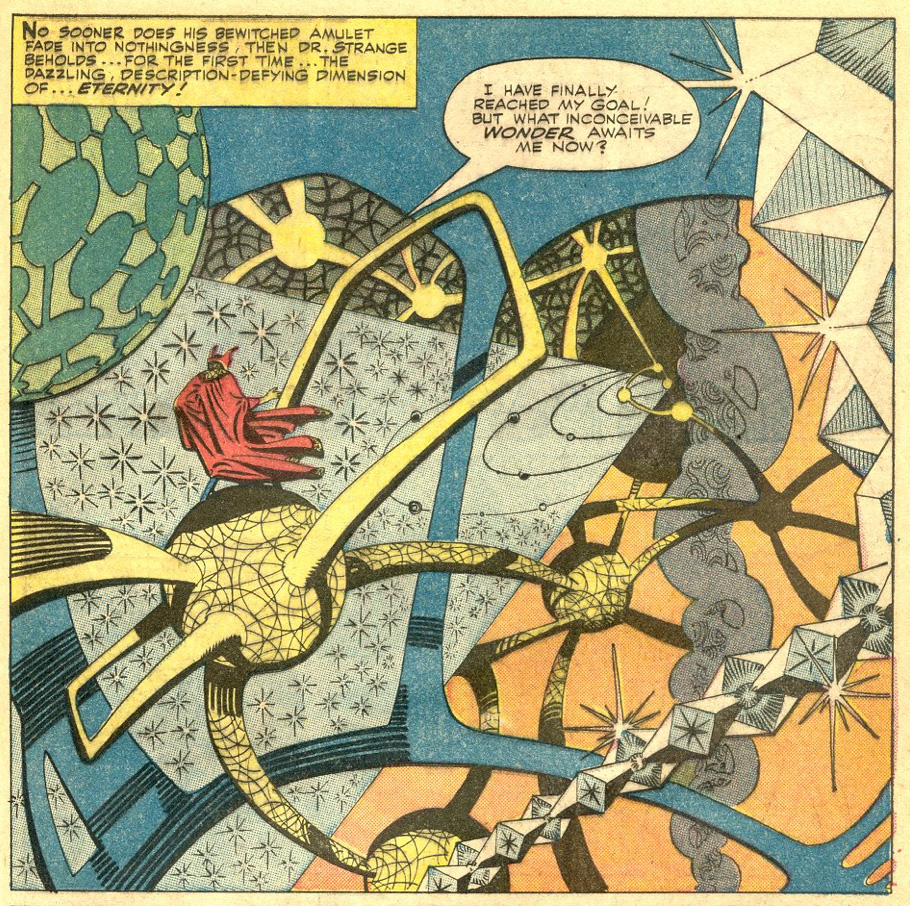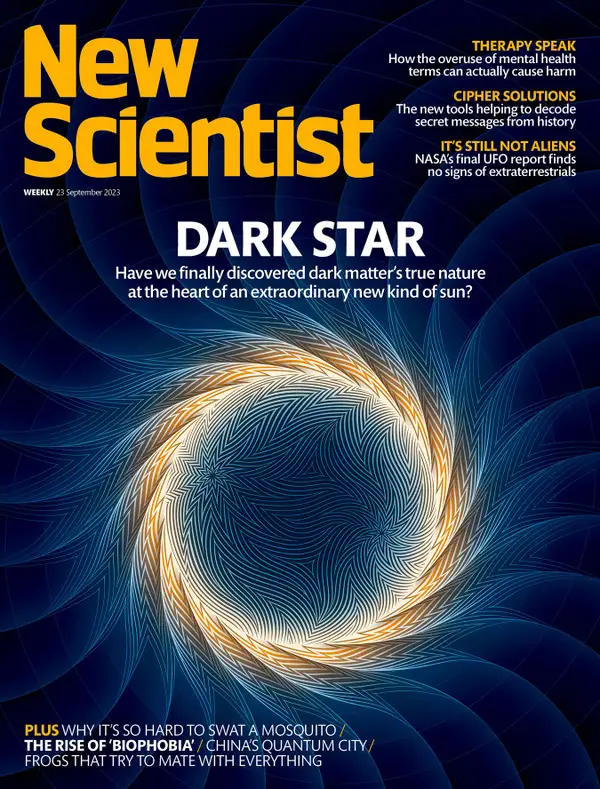SCHEMATIZING (50)
By:
December 22, 2024
This is the final installment in the SCHEMATIZING series, at least for the foreseeable future.
I’d at first intended to write just 10 posts about semiotic schemae taking the form (as my own “G-schema” does) of “squared circles.” Because I kept coming across intriguing schemae or schema-like images, though, I kept going.
Brooding over these images provoked me to take the following notes, which I’ve selected from the series’ installments and organized here…
- The schematizing semiotician must encompass him, her-, or themself with a great, firm dome of ignorance. They must know nothing about the topic. The schema is void — but a fecund void, teeming with possibility — unseen forces the patterns of which wait to be charted.
- We’re all aware, at some intuitive level, that we’re enmeshed in a network of meaning that we can’t directly perceive.
- The act of mapping a vast and complex system whose lines of force and influence can only be revealed through deduction is a bold adventure — an odyssey into the unknown.
- Sometimes a schema is hovering right there in front of you, and it’s just a matter of capturing its lineaments before the vision evaporates.
- Intuition and imagination, “every sense… every emotion I possess…,” must be permitted to play a guiding role.
- If you’re doing it right, it should feel impossible; or more precisely, only fleetingly possible. “Like nailing Jell-O to the wall,” as they used to say.
- A schema is “a mechanical counterpart to a psychological state.”
- Binary opposition, the semiosphere, structure: all metaphors. One becomes a conjurer giving shape to the shapeless, mapping the unmappable, seeing the unseeable.
- All too frequently, one finds oneself engaged with one’s own schema in a desperate struggle for the upper hand.
- A simplified circular schema emerges from a more complex — though not exactly chaotic — reality.
- “Then felt I like some watcher of the skies / When a new planet swims into his ken.”
- Meaning is relational; each “signified” forms part of an interdependent whole that — as a system — is what makes all meanings meaningful. The terms in such a system are mutually and reciprocally defining; you can’t fully grasp a term until you grasp what opposing terms are logically implied by and presuppose it.
- Any given semiosphere can be profitably thought of as an example of “tensegrity geodesic spherical programming.” Each of the semiosphere’s elements, considered on their own, appear to be independent “agents”; but in fact each of these agents affects all of the others, and is affected by them.
- A semiosphere’s internal sections may not be entirely arbitrary, but they are certainly imposed by the schematizer — who may then forget that they weren’t always there. Which can be problematic. So how to prevent such reification?
- I’m suspicious of circular schemas with centers, because they indicate there’s some singular “right answer” to which all roads eventually lead.
- A spiritual diagram of the universe — that’s as good a definition of a semiosphere as any other.
- The semiosphere is not as self-contained as it may seem. Its energies explode outward… and there are influences from outside that make their way inside too.
- Are some sections of a semiosphere more “porous” (vis-a-vis the wider universe of meaning of which the semiosphere is but one aspect) than others?
- Even though a circular schema’s sections are walled off from one another, in fact there is always continuity between a schema’s contiguous sections.
- A semiosphere is, inherently, a non-totalizing totality — it unites disparate and unrelated phenomena, but without annihilating difference.
- It helps me to think of a semiosphere as a figure that is both a polyhedron and a sphere. A sphere doesn’t have “territories,” the play of binary oppositions doesn’t work with a sphere; but a polyhedron doesn’t feel like a pocket universe, the way a sphere does.
- Semiotics is about analyzing the un-analyzable, mapping the un-mappable. One mustn’t lose perspective in doing so. That way lies madness.
- A semiosphere is like an aperture, a peephole into one discrete portion of the wider semiotic “universe.”
- No matter how gorgeously intricate and “perfect” your schema is, what’s humbling is the realization that it’s just one of an infinite number of schemae. We’ll never chart them all.
- The semiosphere is “an energy field created by all living things. It surrounds us, and penetrates us — it binds the galaxy together.”
- Our schemas are merely a peephole into another dimension, rather than an AR-type vision of that dimension superimposed upon what we can see with our naked eyes.
- A universe of meaning threatens to break through into our routine existence… via the semiosphere, a portal of sorts.
- It is my hunch that the “anti-anti-hero” position within any given semiosphere — see my G-schema — functions like a black hole. Although this position/character isn’t central to the “story” of the semiosphere, somehow it exerts gravity — it draws meaning-energy towards itself — and then, either subtly or dramatically, redirects that energy back into the system… thus helping to shape and control how the semiosphere evolves.
- The constructor of a semiosphere faces an ancient problem: How to account for the fact that some aspects of this “universe” remain in relatively fixed positions, while other aspects are in motion?
- Although “closed” by definition (hence the “sphere” metaphor), the semiosphere remains constantly generative. Meanings not only evolve but emerge within (what I visualize as) the lattice-like confines of the semiosphere. How?
- Descartes’ idea of “vortices” suggested that the fixed stars were actually part of a contagious universe of systems like our own rubbing against each other. I find this a really helpful and compelling way to envision how “local” semiospheres interact and intersect within a larger culture.
- “In reality we are simply making a rough-and-ready star-map of a universe which we do not perfectly understand.”
- For whichever “semiosphere” we’re analyzing, ultimately we’re attempting to answer the question: Why is there something rather than nothing?
- Sometimes you capture everything – and I do mean everything — in a schema, but… your client is terrified by the resulting vision.
- Now that we know what (and how) it all means, what do we do with that insight and inspiration?
- The semiotician who develops a working semiosphere model is all of these things: scientist, geometer, mathematician … and cheesy magician, too.
- It’s very tempting for a schematizer to position him- or herself as an all-wise guru figure. We must resist this temptation.

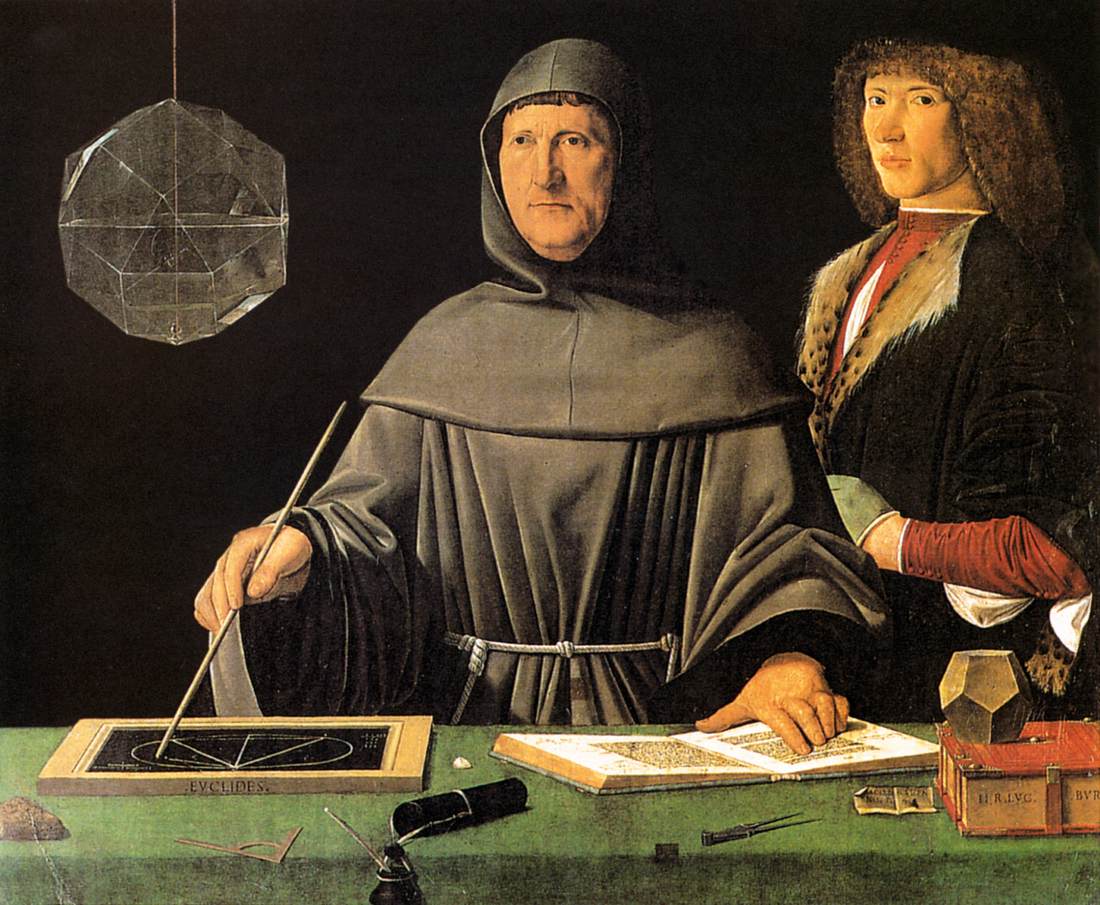

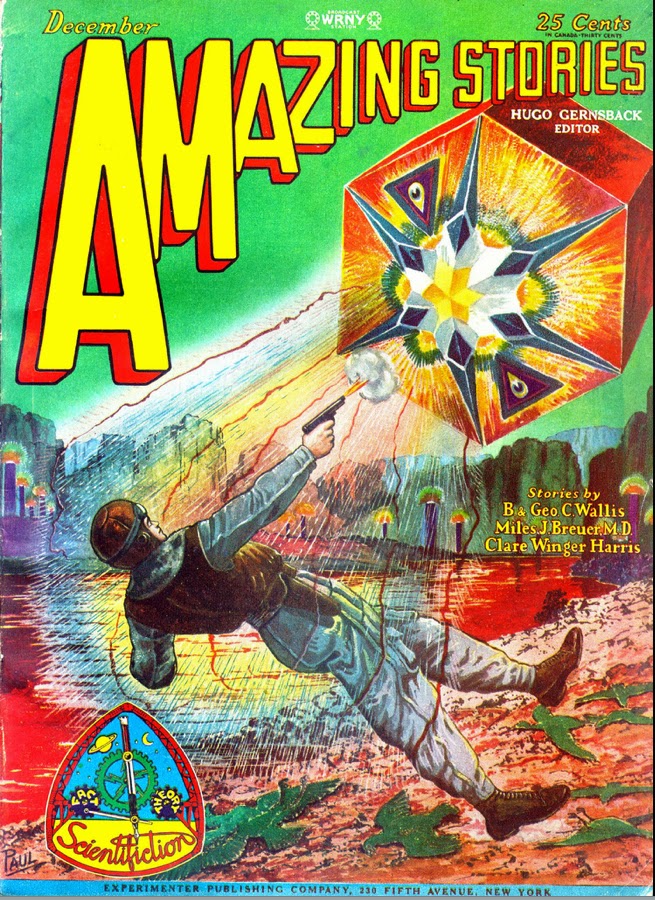
A vast similitude interlocks all,
All spheres, grown, ungrown, small, large, suns, moons, planets, comets, asteroids,
All the substances of the same…
— Walt Whitman, Leaves of Grass
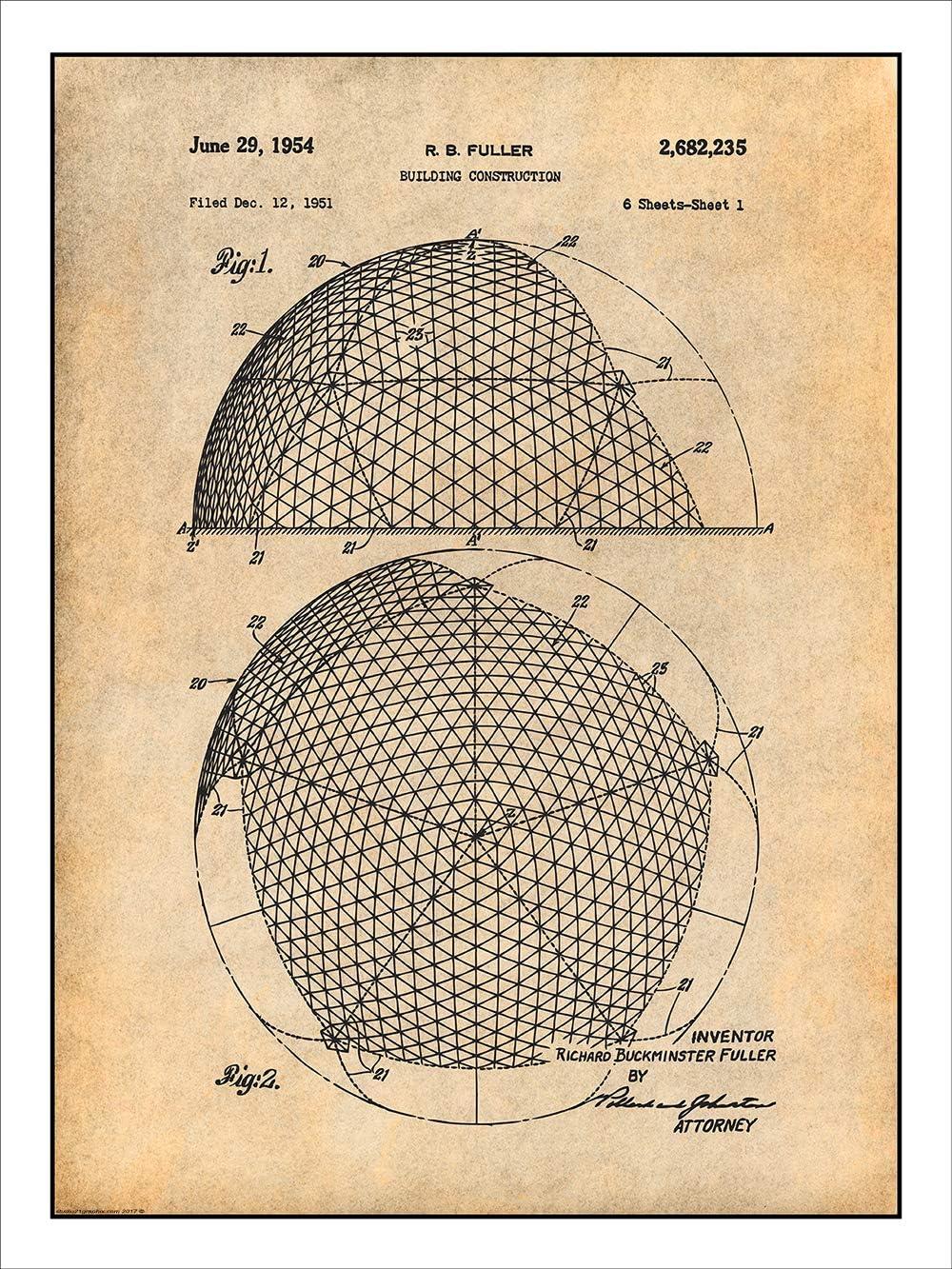
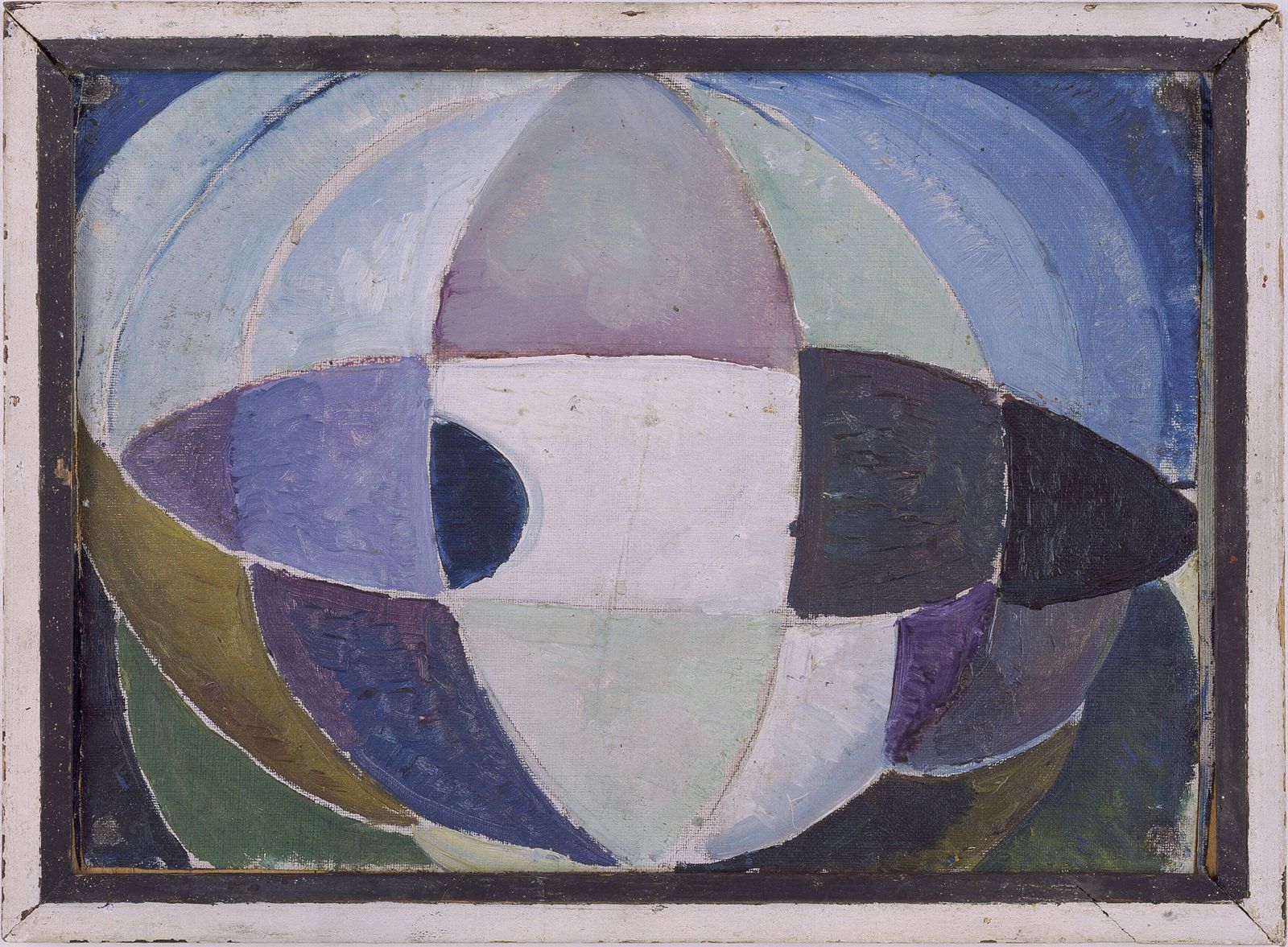



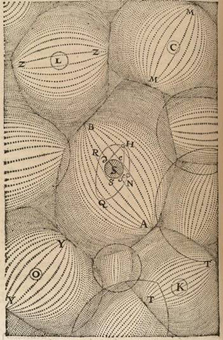

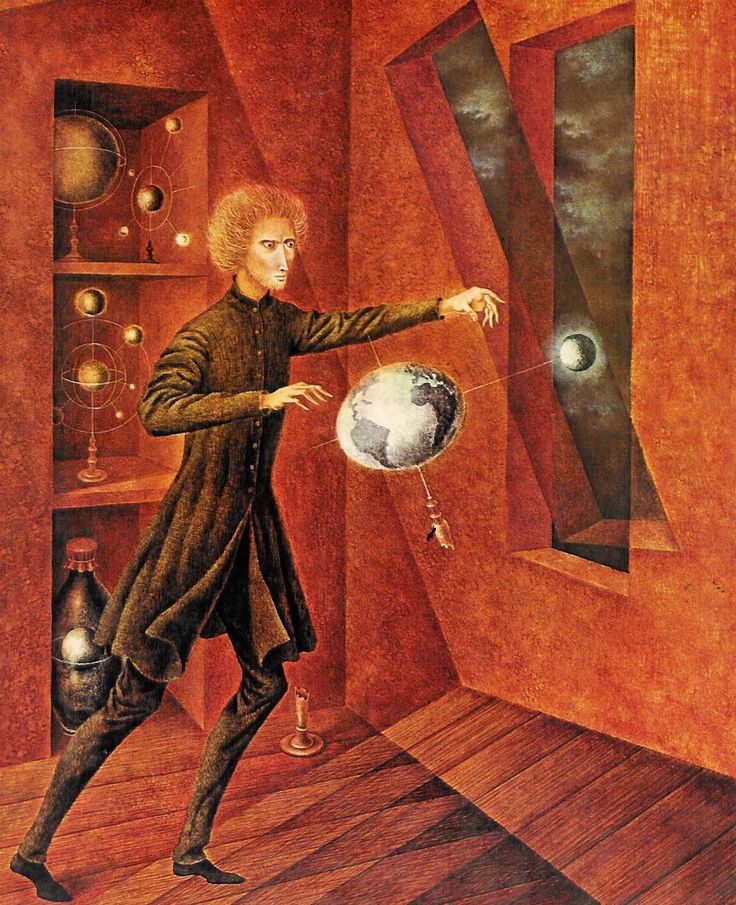
MORE FURSHLUGGINER THEORIES BY JOSH GLENN: SCHEMATIZING | IN CAHOOTS | JOSH’S MIDJOURNEY | POPSZTÁR SAMIZDAT | VIRUS VIGILANTE | TAKING THE MICKEY | WE ARE IRON MAN | AND WE LIVED BENEATH THE WAVES | IS IT A CHAMBER POT? | I’D LIKE TO FORCE THE WORLD TO SING | THE ARGONAUT FOLLY | THE PERFECT FLANEUR | THE TWENTIETH DAY OF JANUARY | THE REAL THING | THE YHWH VIRUS | THE SWEETEST HANGOVER | THE ORIGINAL STOOGE | BACK TO UTOPIA | FAKE AUTHENTICITY | CAMP, KITSCH & CHEESE | THE UNCLE HYPOTHESIS | MEET THE SEMIONAUTS | THE ABDUCTIVE METHOD | ORIGIN OF THE POGO | THE BLACK IRON PRISON | BLUE KRISHMA | BIG MAL LIVES | SCHMOOZITSU | YOU DOWN WITH VCP? | CALVIN PEEING MEME | DANIEL CLOWES: AGAINST GROOVY | DEBATING IN A VACUUM | PLUPERFECT PDA | SHOCKING BLOCKING.

